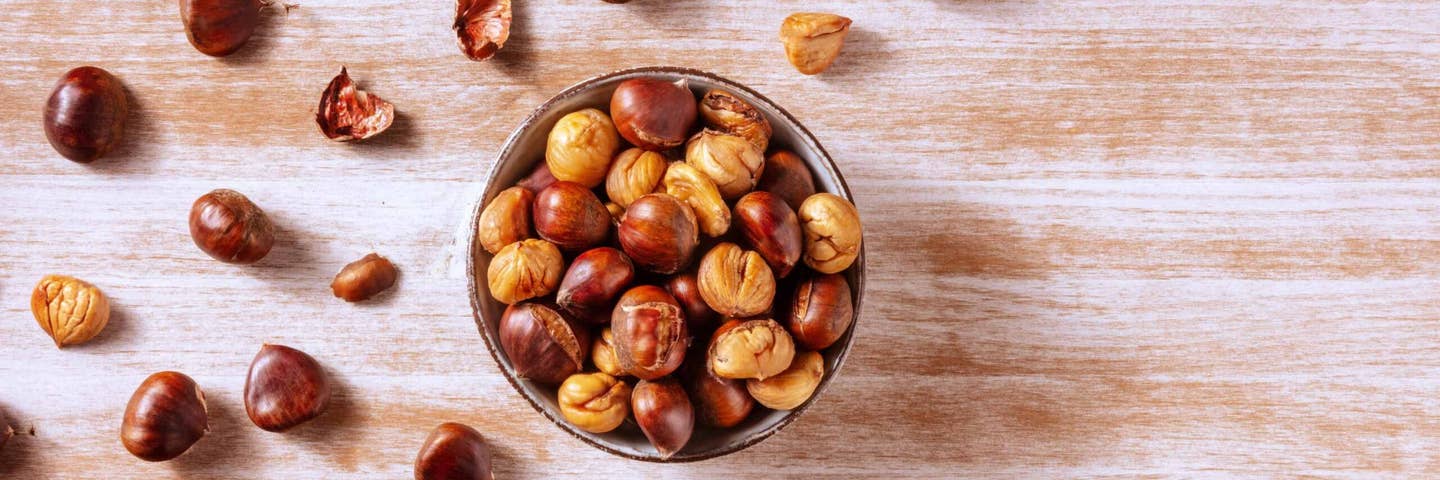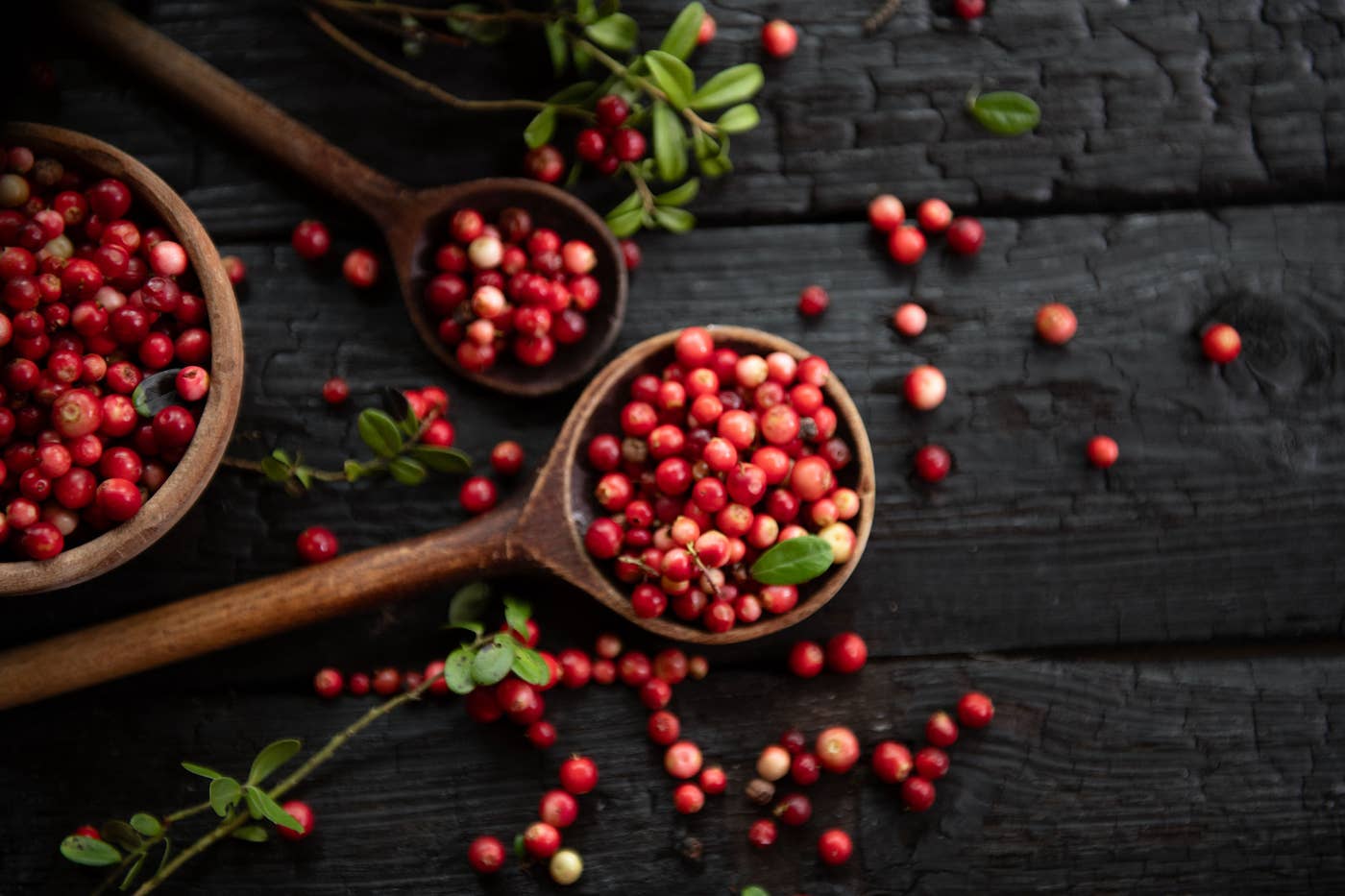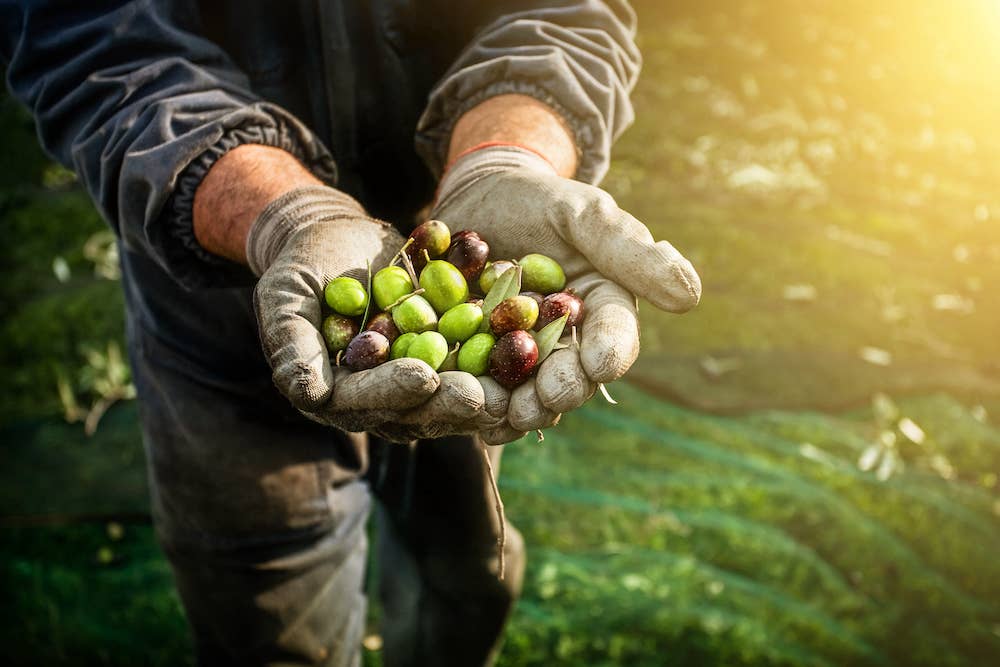Editor’s Note: In January 2019, the Institute of Culinary Education launched the Natural Gourmet Center, a plant-centric and wellness-driven culinary arts program. We’ll be featuring plant-based cooking tips from their instructors here.
Sage is part of the evergreen family and known traditionally for its affinity in Thanksgiving table dishes, such as stuffing. But its earthy and peppery leaves can make for a versatile, fragrant addition to many types of dishes throughout the year.
How to Shop for Sage
Sage can be purchased fresh, dried, or in plant form. The flavor is in the leaves, and you should look for ones that are fragrant and green. Note that the smaller, more vibrant green leaves will be less pungent in flavor. Head to local farmers markets for peak freshness. Purchasing small quantities is key, as this herb packs an earthy punch, and a little goes a long way.
How to Store It
Store fresh sage wrapped in a damp towel in the refrigerator for three to five days. After five days, try preserving any leftovers by drying upside down for extended use. Dried sage can be ground and stored in a sealed glass container and kept in a cool, dark place for six to 12 months.
How to Use It in Your Everyday Cooking Routine
The earthiness of sage pairs effortlessly with floral flavors such as lavender or with juicy fruit. The bold flavor shines through when added to grains, legumes, or starchy vegetables. It can help cut through the sweetness of baked goods or beverages.
Fruits and sweets: Sage is a delicious accent with berries or stone fruit, such as peaches. Try adding to your favorite zucchini bread, crepe, or scone recipe.
Earthy roasts: Use sage when roasting root vegetables, such as beets or sweet potatoes. The herb tastes great paired with mushrooms. Try mixing with bread crumbs for stuffed mushrooms.
Marinades and sauces: Add sage to marinades with garlic, salt, and pepper, along with other herbs such as rosemary, oregano, or bay leaves. Steep sage in vinegar for an instant boost of flavor. Add to cashew cream for a decadent pasta topping. Use when simmering tomato sauces for added depth.
Starches: Up your legume and grain game by adding a few leaves of sage to the pot while cooking your favorite variety. Add to pasta doughs and between pastry layers for an extra wow factor. Garnish mashed potatoes or parsnips with chopped sage and freshly ground pepper.
A finishing touch: When heated, the flavor of sage becomes more pronounced. For a more subtle finish, chop and use as a garnish for your favorite soup or crostini.
Tips for Preparing Sage
- Blanch fresh leaves in boiling salted water for 20 seconds; then shock them in an ice bath. This will make the color more vibrant and prevent oxidation.
- Do not wash until ready to use. Pat wet leaves dry gently with a towel before cutting.
- To prevent bruising, roll leaves lengthwise and cut into thin ribbons. (This is called a chiffonade.)
Ready for more ideas for cooking with sage? Try these Forks Over Knives recipes.
Quick and Easy Noodle Soup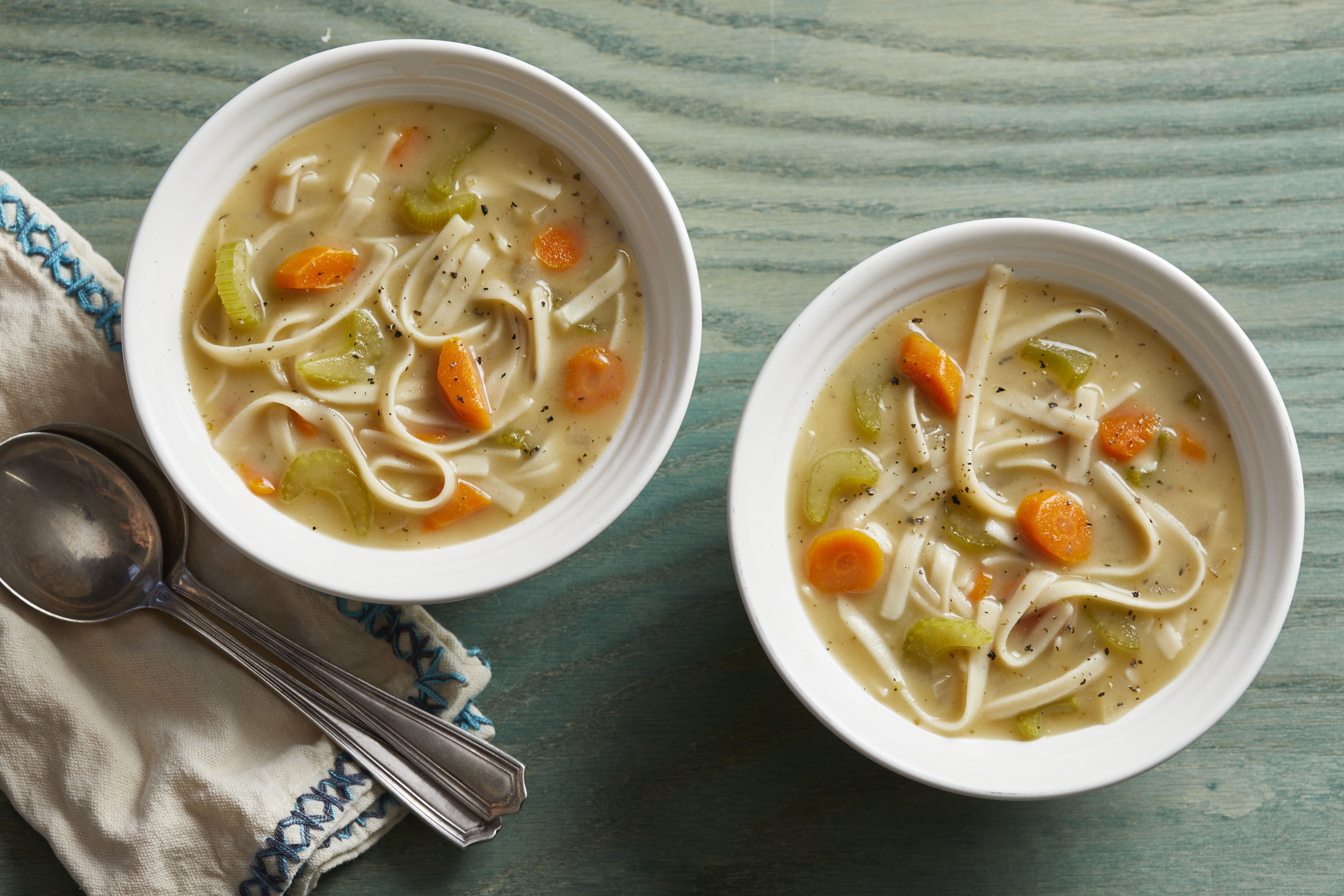
Chickpeazella Sticks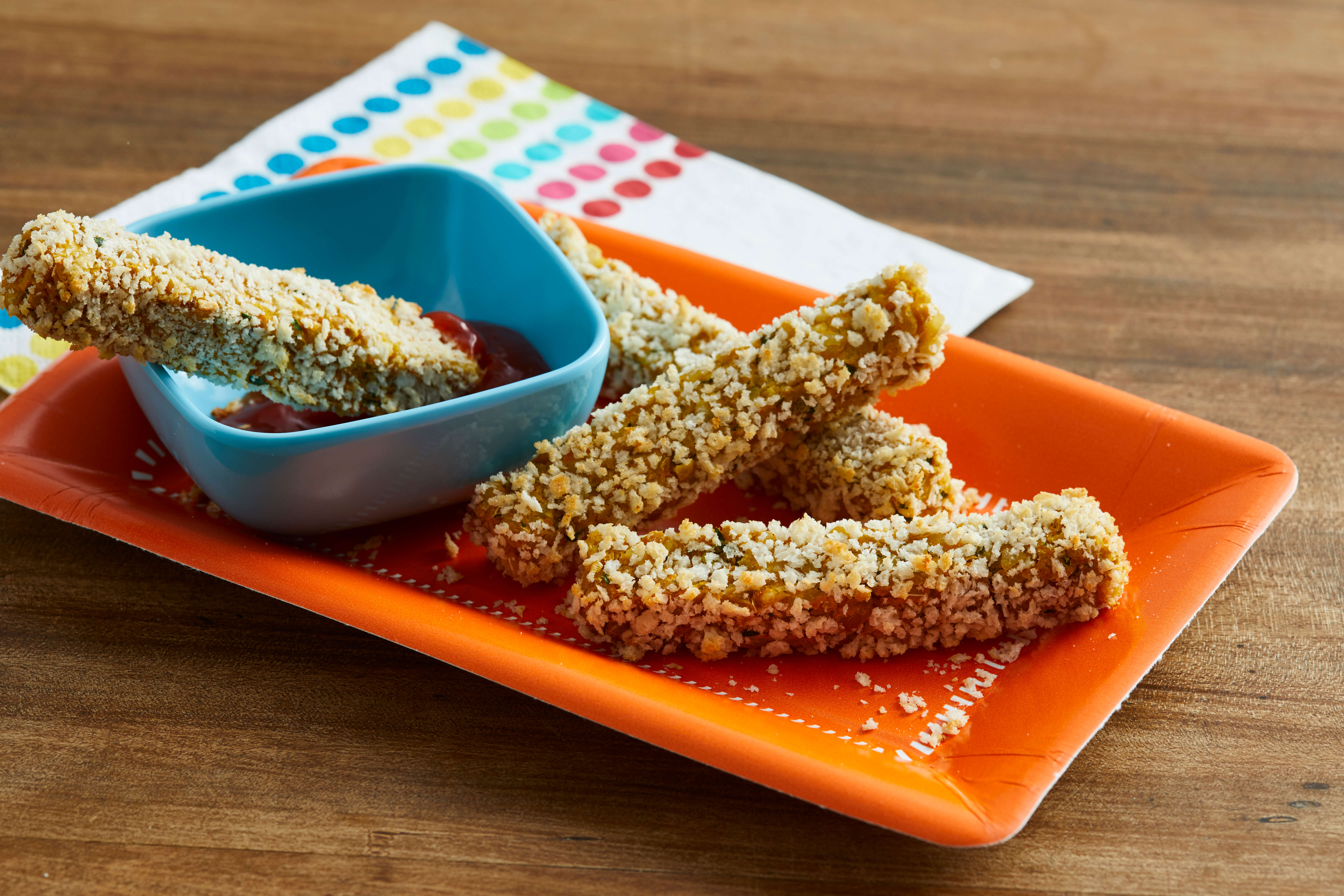
Millet Loaf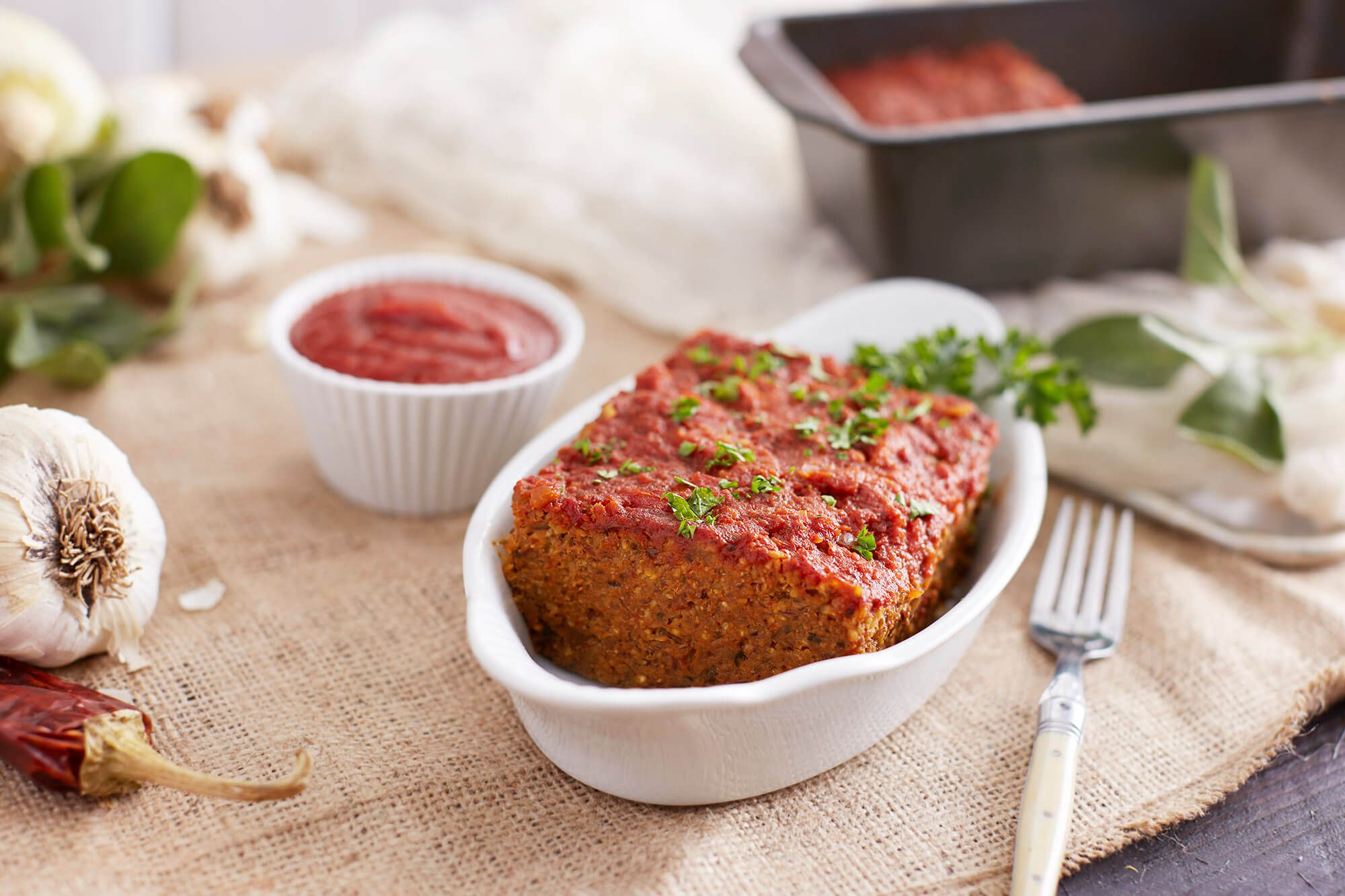
Winter White Bean Minestrone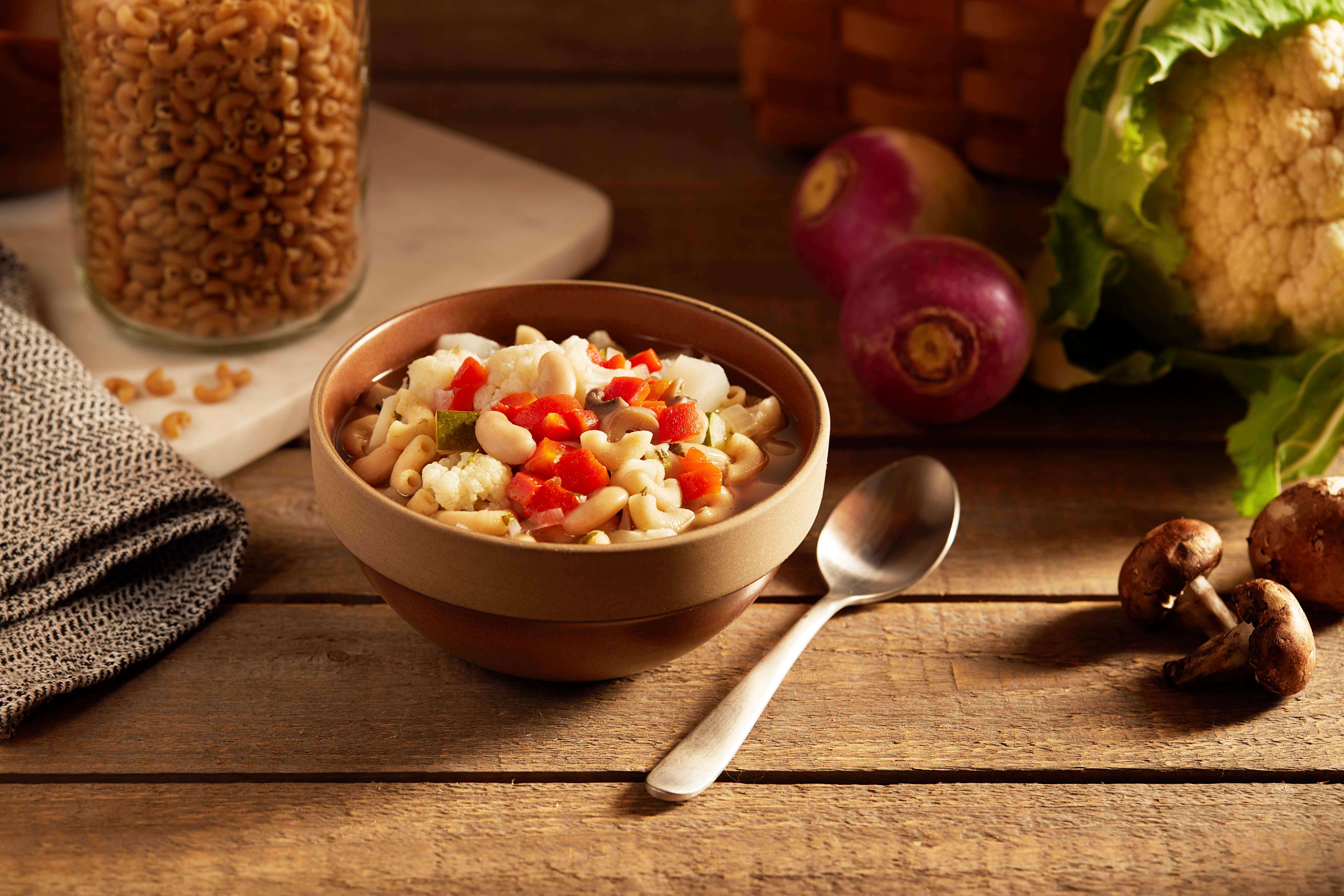
Related News
Try Our Top-RatedMeal Planner Free

Forks Meal Planner takes the hard work out of making nutritious meals the whole family will enjoy.
SAVE $200 ON OUR ULTIMATE COURSE

Join our best-selling course at a new lower price!

